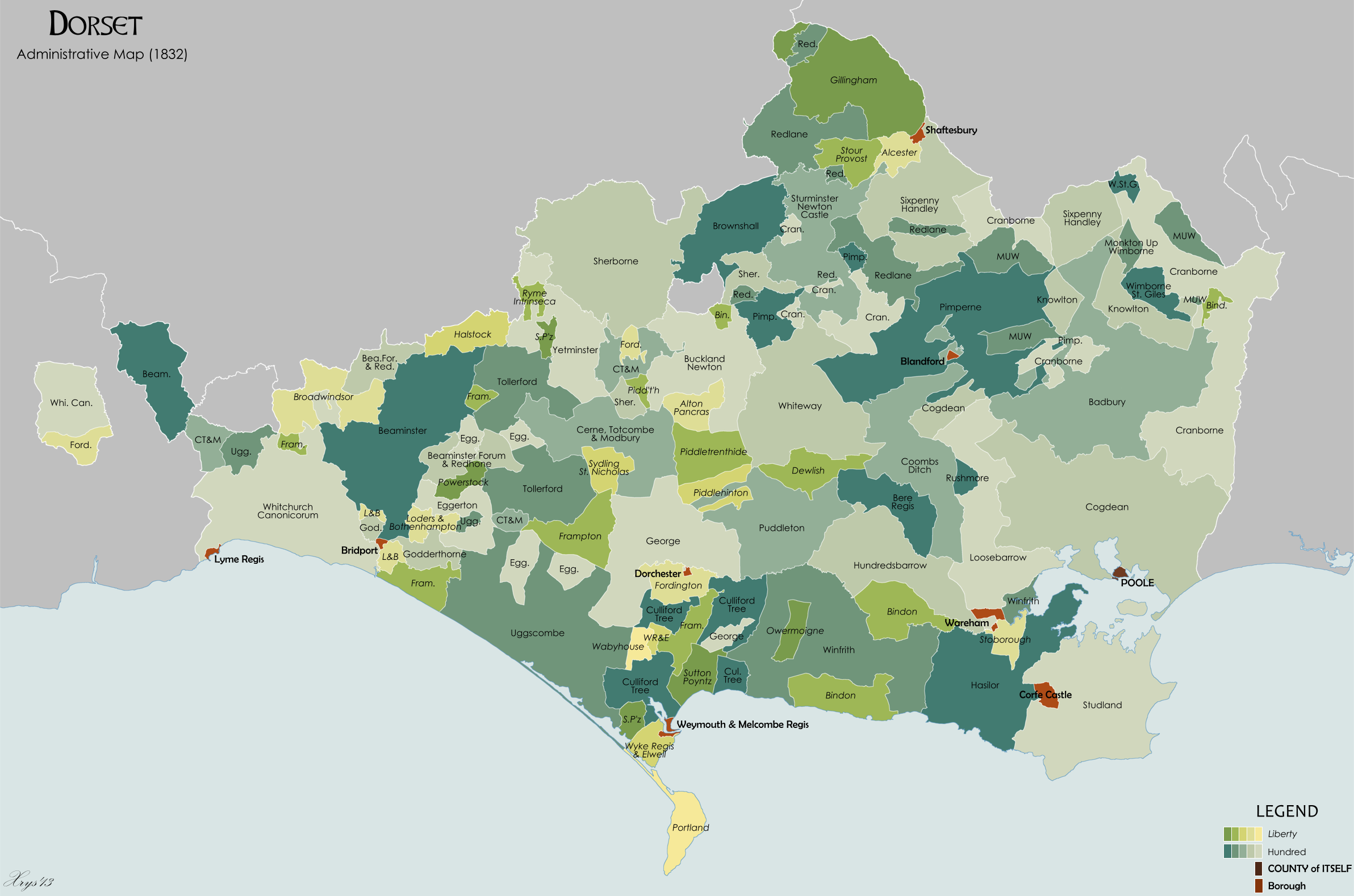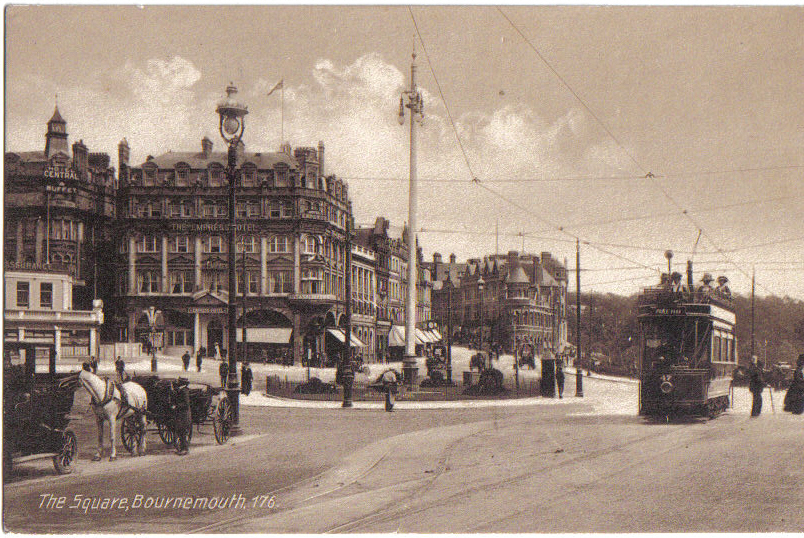|
Bournemouth Blitz
The Bournemouth Blitz was the Strategic bombing during World War II, heavy bombing of Bournemouth, Hampshire (but now in Dorset), England from 1940 to 1944, by the Nazi German ''Luftwaffe'' during the Second World War.More than 2,200 bombs fell on Bournemouth and Poole during World War II, and 350 civilians and servicemen were killed. Events 1940 Robert Louis Stevenson's house Skerryvore, at the head of Alum Chine, was severely damaged by bombs during a destructive and lethal raid on the night of 15–16 November 1940. Despite a campaign to save it, the building was demolished. 1941 On 27 March 1941, a lone German bomber hit the canteen at the Bourne Valley gasworks killing 33 people. This was the deadliest air raid that Poole suffered. 1943 The biggest air raid was on 23 May 1943 in which many Focke-Wulf Fw 190, Focke Wolf 190 planes dropped 25 bombs on the town. The buildings targeted that day included the Central Hotel at Richmond Hill, Bournemouth, Richmond Hill; ... [...More Info...] [...Related Items...] OR: [Wikipedia] [Google] [Baidu] |
Bournemouth
Bournemouth () is a coastal resort town in the Bournemouth, Christchurch and Poole council area of Dorset, England. At the 2011 census, the town had a population of 183,491, making it the largest town in Dorset. It is situated on the Southern England, English south coast, equidistant () from Dorchester, Dorset, Dorchester and Southampton. Bournemouth is part of the South East Dorset conurbation, which has a population of 465,000. Before it was founded in 1810 by Lewis Tregonwell, the area was a deserted heathland occasionally visited by fishermen and smugglers. Initially marketed as a health resort, the town received a boost when it appeared in Augustus Granville's 1841 book, ''The Spas of England''. Bournemouth's growth accelerated with the arrival of the railway, and it became a town in 1870. Part of the Historic counties of England, historic county of Hampshire, Bournemouth joined Dorset for administrative purposes following the Local Government Act 1972, reorganisation of l ... [...More Info...] [...Related Items...] OR: [Wikipedia] [Google] [Baidu] |
Military History Of Hampshire
A military, also known collectively as armed forces, is a heavily armed, highly organized force primarily intended for warfare. It is typically authorized and maintained by a sovereign state, with its members identifiable by their distinct military uniform. It may consist of one or more military branches such as an army, navy, air force, space force, marines, or coast guard. The main task of the military is usually defined as defence of the state and its interests against external armed threats. In broad usage, the terms ''armed forces'' and ''military'' are often treated as synonymous, although in technical usage a distinction is sometimes made in which a country's armed forces may include both its military and other paramilitary forces. There are various forms of irregular military forces, not belonging to a recognized state; though they share many attributes with regular military forces, they are less often referred to as simply ''military''. A nation's military may f ... [...More Info...] [...Related Items...] OR: [Wikipedia] [Google] [Baidu] |
History Of Dorset
Dorset is a rural county in south west England. Its archaeology documents much of the history of southern England. Pre-Roman The first known settlement of Dorset was by Mesolithic hunters, who returned to Britain at a time when it was still attached to Europe by a land-bridge, around 12,500 BC. The population was very small, maybe only a few thousand across the whole of Britain, and concentrated along the coast: in Dorset, such places as the Isle of Purbeck, Weymouth, Chesil Beach and Hengistbury Head, and along the Stour valley. These populations used stone tools and fire to clear some of the native oak forest for herding prey. Genetic experiments carried out on a Mesolithic skeleton from Cheddar Gorge (in the neighbouring county of Somerset) have shown that a significant part of the contemporary population of Dorset is descended from these original inhabitants of the British Isles. This suggests that when a wave of immigrant farmers arrived from the continent in the Neolit ... [...More Info...] [...Related Items...] OR: [Wikipedia] [Google] [Baidu] |
1940s In England
Year 194 ( CXCIV) was a common year starting on Tuesday (link will display the full calendar) of the Julian calendar. At the time, it was known as the Year of the Consulship of Septimius and Septimius (or, less frequently, year 947 ''Ab urbe condita''). The denomination 194 for this year has been used since the early medieval period, when the Anno Domini calendar era became the prevalent method in Europe for naming years. Events By place Roman Empire * Emperor Septimius Severus and Decimus Clodius Septimius Albinus Caesar become Roman Consuls. * Battle of Issus: Septimius Severus marches with his army (12 legions) to Cilicia, and defeats Pescennius Niger, Roman governor of Syria. Pescennius retreats to Antioch, and is executed by Severus' troops. * Septimius Severus besieges Byzantium (194–196); the city walls suffer extensive damage. Asia * Battle of Yan Province: Warlords Cao Cao and Lü Bu fight for control over Yan Province; the battle lasts for over 100 days ... [...More Info...] [...Related Items...] OR: [Wikipedia] [Google] [Baidu] |
The Blitz
The Blitz was a German bombing campaign against the United Kingdom in 1940 and 1941, during the Second World War. The term was first used by the British press and originated from the term , the German word meaning 'lightning war'. The Germans conducted mass air attacks against industrial targets, towns, and cities, beginning with raids on London towards the end of the Battle of Britain in 1940 (a battle for daylight air superiority between the Luftwaffe and the Royal Air Force over the United Kingdom). By September 1940, the Luftwaffe had lost the Battle of Britain and the German air fleets () were ordered to attack London, to draw RAF Fighter Command into a battle of annihilation.Price 1990, p. 12. Adolf Hitler and Reichsmarschall Hermann Göring, commander-in-chief of the Luftwaffe, ordered the new policy on 6 September 1940. From 7 September 1940, London was systematically bombed by the Luftwaffe for 56 of the following 57 days and nights. Most notable was a large dayligh ... [...More Info...] [...Related Items...] OR: [Wikipedia] [Google] [Baidu] |
History Of Bournemouth
The history of Bournemouth and human settlement in the surrounding area goes back for thousands of years. Bournemouth is a coastal city on the island of Great Britain in Dorset, England, United Kingdom. Before Inclosure In 1800, the area was largely a remote and barren heathland, used only by smugglers – most notably Isaac Gulliver, now considered one of the founding fathers of Bournemouth – and revenue troops. 'Bourne Heath' was also known as Wallis Down in the north and Little Down in the south and east, and was part of the Great Heath of central Dorset which extended as far as Dorchester. To the east was Christchurch, to the west was Poole and to the north east was the River Stour. There were villages at Kinson, Throop, Holdenhurst (where the oldest dwelling is located) and Iford and a handful of buildings at Pokesdown but the area between these communities was just a wilderness of pine trees, gorse, ferns and heather. The area now called central Bournemouth and the ... [...More Info...] [...Related Items...] OR: [Wikipedia] [Google] [Baidu] |
Bournemouth Town Centre
Bournemouth Town Centre is an area of Bournemouth, Dorset. The town centre is the central business district and is located near the coast between West Cliff and East Cliff. History In 1908 a tramway accident killed 7 people in the Town Centre. The COVID-19 pandemic in the United Kingdom has affected business in the town centre. The New Look store in the town centre will close in February 2022 after 21 years. The Wilko will close the same month. A shift from retail towards entertainment and eating out is predicted to be the future of the town centre. On 13 March 2022, the towns House of Fraser, closed for the final time. The store, which first opened in 1873, was Bournemouth's last remaining department store after the flagship Beales closed in 2020, and Debenhams closed in 2021. Despite this Bournemouth, Christchurch and Poole Council are reportedly optimistic about the future of the town centre. Areas The town centre is where The Square is. Areas include Richmon ... [...More Info...] [...Related Items...] OR: [Wikipedia] [Google] [Baidu] |
Lansdowne, Bournemouth
Lansdowne is a suburb of Bournemouth. It occupies the north-east part of the main built-up area around Bournemouth Town Centre. History Bournemouth and Poole College The Bournemouth and Poole College (BPC) is a well established educational provider which delivers further education, higher education and community based courses in Bournemouth and in Poole on the south coast of England. It is one of the ... has its largest campus here, the college was originally the Bournemouth Municipal College which opened in 1913. It is a listed building and is known for its clock tower (said to be an 'eyesore' when first built). A public library was part of the building until 2002. A small number of 'Horsa huts' were built in the 1940s and a large three-floor extension opened in 1957. In 1960 it took over the former Bournemouth School for Girls buildings which were two old Victorian houses (Ascham House isted buildingand Woodcote) which were used as the school when it opened in 1 ... [...More Info...] [...Related Items...] OR: [Wikipedia] [Google] [Baidu] |
Beales (department Store)
Beales is an English department store chain, which currently operates 3 branches, in Peterborough, Poole and Southport. The former flagship store, Beales in Bournemouth, was established as The Fancy Fair by John Elmes Beale in 1881 and was the biggest department store in Dorset. The chain expanded through acquiring other department stores and continued to run two stores branded as Palmers in Great Yarmouth and Lowestoft until its closure. The company was listed on the London Stock Exchange until its private equity takeover. Beales entered administration on 20 January 2020 and finally closed their remaining stores on 18 March 2020. It formerly operated 23 branches before entering administration. However, a new company, New Start 2020 Limited, reopened the Beales store in Poole in August 2020. History Beales was established in 1881 by John Elmes Beale when he opened a store, initially known as a Fancy Fair and Oriental House, on Old Christchurch Road in Bournemouth, Dorset. ... [...More Info...] [...Related Items...] OR: [Wikipedia] [Google] [Baidu] |
Richmond Hill, Bournemouth
Richmond Hill is an area of Bournemouth, Dorset, England. Just to the north of Bournemouth Town Centre, south of Richmond Park and west of Lansdowne. The area is around a road of the same name. History In 2018 and 2019, the road was turned into a temporary waterslide in the summer. Buildings * Portman Building Society (formerly) *Bournemouth Daily Echo building * Sacred Heart Church *Norfolk Royale Hotel * St. Andrew's Church, Richmond Hill – the largest church in Bournemouth Transportation In 1975, the A338 underpass was built underneath Richmond Hill Roundabout. The Square is at the bottom of Richmond Hill. Politics Richmond Hill is part of the Bournemouth Central ward for elections to the Bournemouth, Christchurch and Poole Council. The same ward elected councillors to Bournemouth Borough Council. Richmond Hill is also part of the Bournemouth West parliamentary constituency for elections to the House of Commons of the United Kingdom. Notable people * Huber ... [...More Info...] [...Related Items...] OR: [Wikipedia] [Google] [Baidu] |







.jpg)
